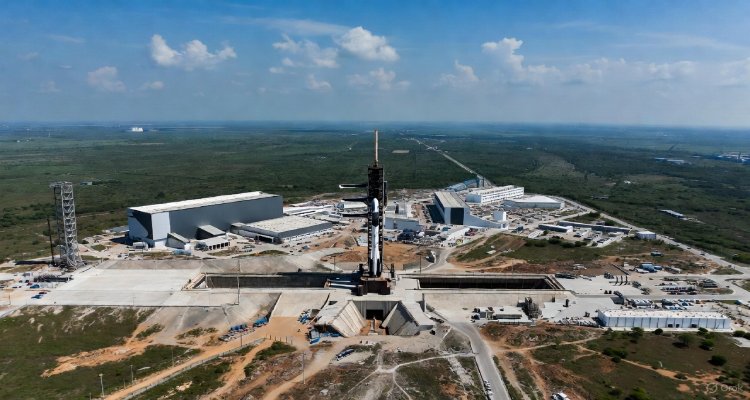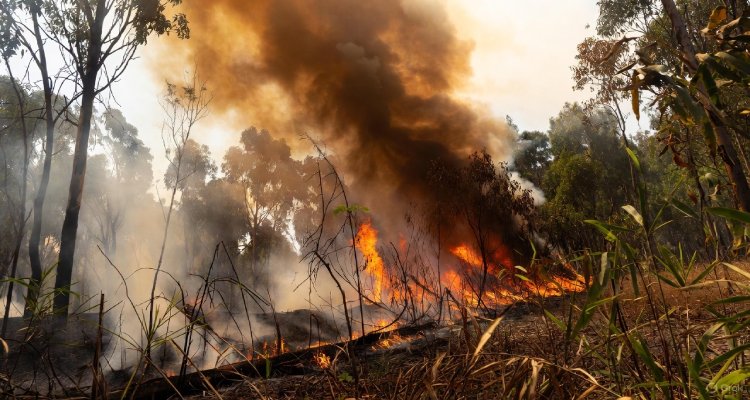Beyond the Carbon Curve: Mapping the Next Frontier in Climate Science
As climate science evolves, new frontiers beyond carbon emissions are shaping global strategies—from methane tracking to climate justice and geoengineering.
Introduction: A Climate Turning Point
In a world long dominated by carbon-counting, a profound shift is underway in climate science. For decades, reducing CO₂ emissions has been the cornerstone of environmental policy, but scientists and policymakers are now venturing “beyond the carbon curve”—into a multidimensional future of climate solutions that expand the narrative from emissions to ecosystems, equity, and innovation.
What does this transition mean for our planet, our politics, and our potential to adapt in time? The answer lies in the evolving science that is redefining how we understand—and address—the climate crisis.
Context & Background: A Legacy of CO₂-Centric Thinking
Since the 1980s, climate science has focused primarily on carbon dioxide as the main villain in the global warming story. Tools like carbon credits, emissions trading, and net-zero goals have all revolved around measuring and mitigating CO₂. The Intergovernmental Panel on Climate Change (IPCC) reports have consistently underscored carbon’s dominance in climate modeling and policy frameworks.
Yet, as global temperatures breach 1.5°C thresholds and weather extremes become more frequent, the limitations of a carbon-only perspective are becoming increasingly apparent. Other greenhouse gases, systemic inequities, and environmental tipping points demand equal scientific and political attention.
Main Developments: New Priorities, New Paradigms
1. Methane and Short-Lived Pollutants Take Center Stage
In recent years, methane—more than 80 times more potent than CO₂ over a 20-year period—has emerged as a high-impact target. Satellite technologies like GHGSat and NASA’s EMIT mission are now capable of detecting methane “super-emitters” from space, allowing for rapid response and accountability. The Global Methane Pledge, signed by over 150 countries, marks a collective shift toward reducing short-lived climate pollutants (SLCPs).
2. Geoengineering Gains Traction—and Scrutiny
As mitigation stalls, interest in solar radiation management (SRM) and carbon dioxide removal (CDR) is growing. Startups and state-funded projects are exploring ocean fertilization, aerosol injection, and direct air capture. While still controversial, the UN is now formally debating international governance frameworks to regulate these technologies.
3. Climate Justice Becomes a Scientific Priority
From frontline communities in Bangladesh to heat-exposed neighborhoods in the U.S., the disproportionate impact of climate change on vulnerable populations has spurred a new field: climate justice science. Integrating socioeconomic data with climate modeling, researchers are identifying areas where interventions must prioritize both sustainability and equity.
4. AI-Powered Climate Modeling
Artificial intelligence is now accelerating climate predictions. Tools like Google’s DeepMind and IBM’s Green Horizons use machine learning to create hyper-local, real-time forecasts. These models go beyond traditional simulations by integrating complex feedback loops involving land use, energy systems, and biodiversity.
Expert Insight: What Scientists and Advocates Are Saying
Dr. Marcia King, a climate systems analyst at Columbia University, believes the shift is long overdue.
“Focusing solely on carbon is like treating a fever without diagnosing the infection. The climate system is vast, interconnected—and the solutions must be too.”
Meanwhile, Jonathan Alvarez, an environmental justice advocate in California’s Central Valley, sees promise in the new science.
“For the first time, we’re being seen—not just as victims, but as crucial voices in shaping research and solutions.”
The Climate Policy Lab at Tufts University recently reported that climate justice and adaptation research saw a 70% increase in federal funding proposals between 2021 and 2024.
Impact & Implications: What Comes Next?
The expanded climate science frontier has profound implications:
- Policy: Governments may need to revise climate targets to incorporate SLCPs, adaptation strategies, and justice-based frameworks. The U.S. EPA is already reviewing methane rules and investing in environmental equity mapping.
- Economy: Markets are responding. ESG funds are increasingly favoring companies with methane transparency and net-positive biodiversity impacts. Tech companies in AI, data, and satellite imaging are becoming climate intelligence providers.
- Global South Leadership: Countries in the Global South, long sidelined in climate negotiations, are now leading innovative adaptation strategies—from mangrove restoration in Indonesia to community-based early warning systems in Sub-Saharan Africa.
- Ethics & Governance: Geoengineering raises thorny questions about who gets to decide planetary interventions. Calls for global governance, transparency, and risk-benefit assessments are growing louder.
Conclusion: Rethinking the Climate Narrative
As we venture beyond the carbon curve, the future of climate science is becoming richer, more inclusive, and more urgent. Carbon remains central—but it’s no longer the whole story. The integration of methane monitoring, justice-based data, and next-gen modeling marks a pivotal moment in how humanity understands its role in shaping Earth’s future.
This is no longer just a scientific challenge—it’s a civilizational one. And meeting it will require not just emissions cuts, but imagination, equity, and bold new thinking.
Disclaimer : This article is intended for informational purposes only. It reflects ongoing developments in climate science and policy and should not be considered legal or investment advice.











